
The above photo is of Apolemia lanosa a type of siphonophore belonging to phylum Cnidaria that also includes corals and jellies. It’s basically the ocean’s way of celebrating Christmas all year long. Like many other Cnidarians, siphonophores bud new individuals—exact clones themselves. In a manner similar to Christmas elves although this is not proven by science. In the case of some Cnidarians, the clones never leave home so family never has to travel for the holidays.  In some Cnidarians, clones in the colony will specialize but among siphonophores the specialization is unrivaled. Clones will specialize for feeding, defense, locomotion or reproduction. The feeding clones catch food by tentacles equipped with cells that shoot out poisonous harpoons stinging and stunning their prey. In the most popular of all siphonophores, the Portuguese man o’ war, with a large gas filled buoyant bladder adapted for catching the wind and sailing. Interestingly, all the clones are attached via a single digestive and circulatory system. Research is still needed on which clones are adapted for drinking eggnog, singing carols, and wrapping gifts.
In some Cnidarians, clones in the colony will specialize but among siphonophores the specialization is unrivaled. Clones will specialize for feeding, defense, locomotion or reproduction. The feeding clones catch food by tentacles equipped with cells that shoot out poisonous harpoons stinging and stunning their prey. In the most popular of all siphonophores, the Portuguese man o’ war, with a large gas filled buoyant bladder adapted for catching the wind and sailing. Interestingly, all the clones are attached via a single digestive and circulatory system. Research is still needed on which clones are adapted for drinking eggnog, singing carols, and wrapping gifts.
Apolemia belongs to a special set physonect siphonophores. Recently Dr. Stefan Siebert at Brown University with Phil Pugh (NOC), Steven Haddock (MBARI), and Casey Dunn (Brown University) described two new species in the family Apolemiidae, for which only three species had been described previously. The species of Apolemiidae may be record holders for the longest animals on earth.
Fragments of specimens of this family with a length of over 30 meters have been reported from the French Mediterranean coast in the bay of Villefranche-sur-Mer.

In most physonect siphonophores clones are arranged along a central stem, it itself the founding clone developed from a single egg. At the front end, is a group of clones that are propulsion clones. Basically, Santa’s reindeer if Dasher, Dancer, Prancer, Vixen were all budded from and identical to Santa. In the larger and remaining region of a physonect siphonophore, one can find the clones for engaging in the spirit of Christmas, eating and… New clones are formed in special growth regions of the siphonophore. As new clones are formed the old clones get pushed down the line. But Apolemia species are special. In addition to other clones Apolemia can also add new feeding clones along the entire length of the stem.
This fact might be the reason why members of this particular family of siphonophores can grow to such tremendous length.
Research by Siebert in collaboration with others uses these as the perfect organism to understand how an organism develops (check out some of their work which features DSN’s Rebecca Helm). Basically Apolemia is the biological Christmas gift that keeps on giving.
From a developmental point of view siphonophores are a very interesting and promising system since collection of a single colony gives the researcher access to complete developmental series of particular bodies – from the youngest bud to a mature body in older parts of the colony. Our work aims at increasing our understanding on how these different bodies can evolve using the same genome.
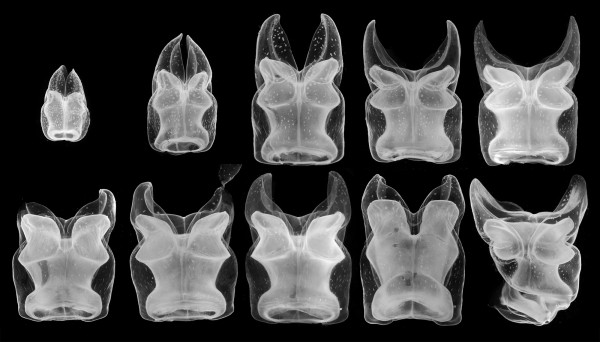
Siebert’s work looks for when genes turn on and off to trigger the growth and specialization of all the clones. But the road is not easy going
The interesting questions to be answered are, how to we get from one body type to another? How are genes sets differentially utilized to make body A or body type B and what has happened on the molecular level when evolutionary novelties, i.e. a new body type, can be observed in a particular [group] of siphonophores.
A special thanks to Stefan Siebert who provided the quotes and a lesson on siphonorphore biology to me.

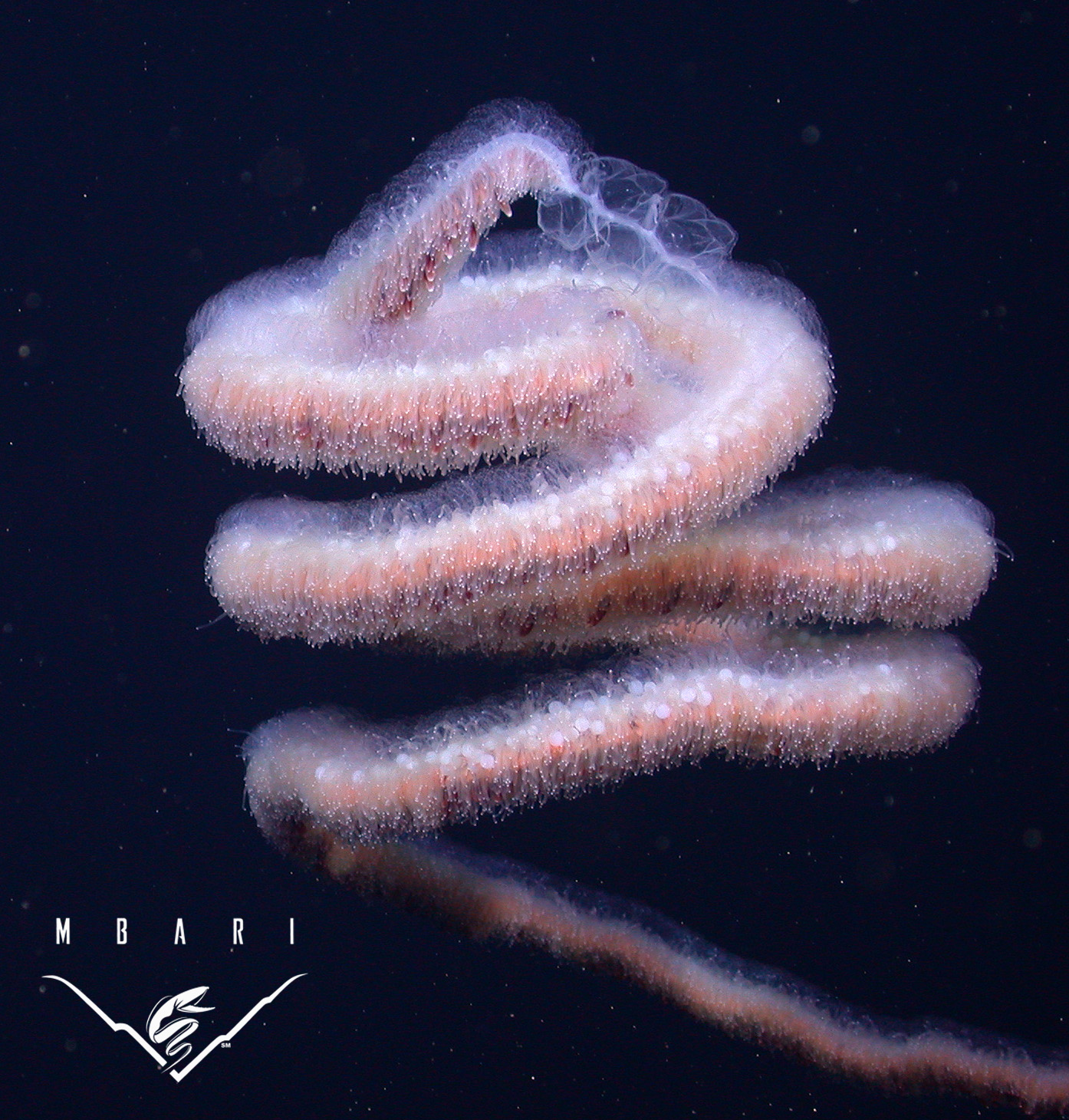
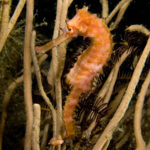
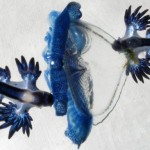
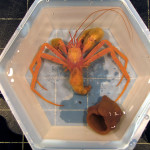
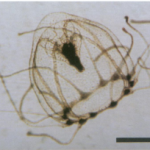

One Reply to “The Ocean’s Gelantinous Christmas Tinsel”
Comments are closed.